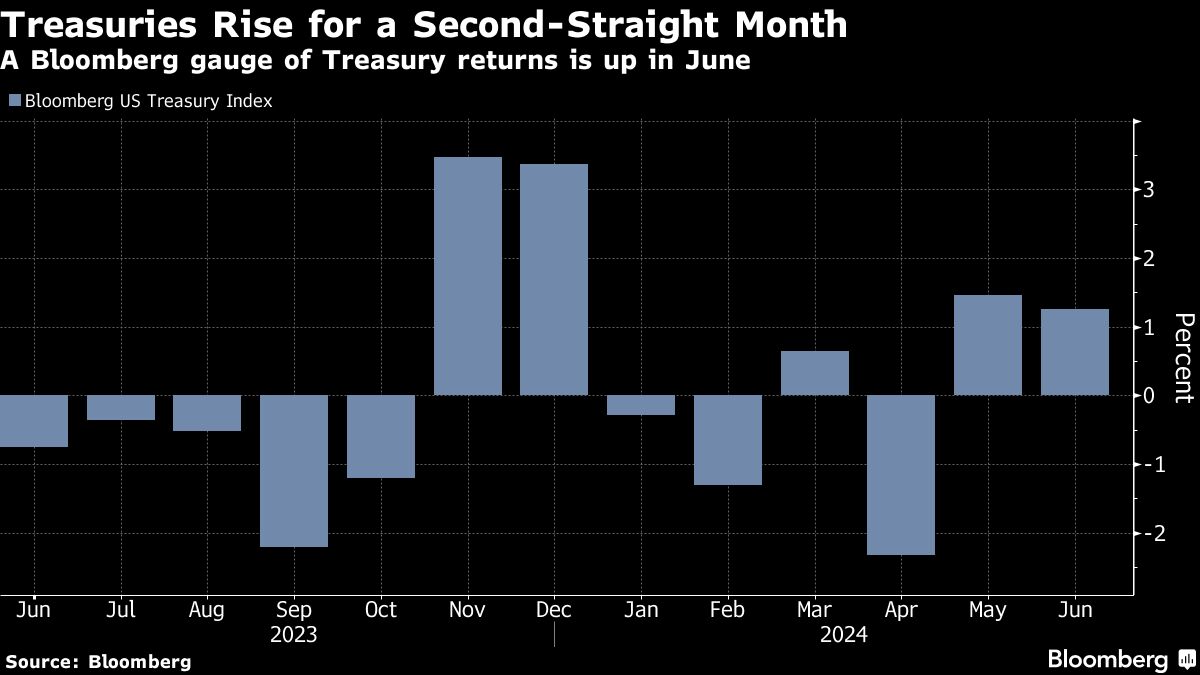
COMPARE CURRENT ARM RATES TODAY
Adjustable-Rate Mortgage Trends
The Federal Open Market Committee’s (FOMC) series of rate hikes throughout 2022 and 2023 have left ARM mortgage rates relatively high. With the fed funds rate holding steady at 5.33% since July of last year, the average ARM mortgage rates have fluctuated between 6% and 7%. For context, prior to the pandemic, they were in the 3% to 4% range.
So, when will they drop again? It’s not likely until inflation starts to move toward the FOMC’s goal of 2%, which isn’t currently happening.
What Are Adjustable-Rate Mortgages?
An adjustable-rate mortgage (ARM) is a secured home loan with an interest rate that fluctuates according to an underlying index. ARMs typically come with an initial fixed period of three to 10 years and then adjust biannually or annually. For example, a 10/6 ARM has a fixed rate for the first ten years and then adjusts every six months of the remaining term. Conversely, the interest rate on a fixed-rate mortgage (FRM) is assigned at the outset of a loan and remains the same for the entire loan duration.
How Do ARM Mortgage Rates Work?
ARMs start out with low, fixed teaser rates for a set number of years. Once the introductory period ends, the interest rates are based on an index, such as the Constant Maturity Treasury (CMT) or the U.S. prime rate, plus a margin. When it comes time for the periodic adjustment, the lender checks the underlying index and adjusts the interest rate accordingly.
For example, suppose the CMT is 4.55%, and your lender charges you a margin of 2%; your interest rate would be 6.55%. If the CMT increases by 1% by the time of your next rate adjustment, your interest rate will increase to 7.55%. However, if it drops by 1%, your rate will decrease to 5.55%. Changes in the market can work both for and against you when you have an ARM.
Limits
While ARMs fluctuate, there are limits to how much your interest rates and payments can change. Lenders set minimum and maximum interest rate limits overall and limit the amount rates can increase during any single interval. For example, a lender may say your rate can’t go lower than 3% or higher than 12% throughout the loan term and can’t increase more than 2% during any interval. You can find the limits that apply to an ARM loan on the Adjustable Interest Rate (AIR) Table of a lender’s loan contract.
Additionally, lenders limit the maximum required payment amount and the maximum amount your payment can change throughout your term. This information can also be found in ARM loan contracts, but on the Adjustable Payments (AP) table.
Types of ARMs
As you shop for ARMs, you’ll likely see variations in terms, loan programs and payment options. The terms are often hybrid with structures, such as:
- 3/1 ARM: Three years fixed, adjusts every year
- 3/6 ARM: Three years fixed, adjusts every six months
- 5/1 ARM: Five years fixed, adjusts every year
- 5/ 6 ARM: Five years fixed, adjusts every six months
- 7/1 ARM: Seven years fixed, adjusts every year
- 7/6 ARM: Seven years fixed, adjusts every six months
- 10/1 ARM: 10 years fixed, adjusts every year
- 10/6 ARM: 10 years fixed, adjusts every six months
Generally, the longer the introductory fixed period, the higher the interest rate.
As for the differing loan programs, lenders may offer conventional, FHA, VA and/or jumbo loan ARM options. Further, you may encounter different payment options, such as:
- Interest-only payments: You can defer your principal balance and pay only interest for a certain number of years. This structure will lower your payments temporarily but increase them for the remainder of the loan term.
- Paying points is an option to buy down your interest rate, but the discount typically only applies to the fixed period, according to the Consumer Finance Protection Bureau (CFPB). Ensure you compare the loan costs with and without the points to see if paying them is worth it.
- Conversion option: This is the option to convert your ARM into a fixed-rate mortgage at some point in your loan term, possibly in exchange for a conversion fee.
Pros and Cons of ARMs
ARMs tend to come with lower initial rates than FRMs, which can be appealing. However, they’re unpredictable and can end up costing you more in the long run. Here are the main pros and cons to consider.
ARM Loan Pros:
- Lower initial rate: Starts with a teaser rate that’s often lower than fixed-rate alternatives
- Lower initial payments: Allows for lower payments during the initial fixed period
- Rate and payment caps: Comes with rate caps that limit how much your interest rate can fluctuate
- Rates can drop: Can lead to drops in your rate and payments
ARM Loan Cons:
- Rates can increase: Rates fluctuate based on an underlying index, which can drive up your payment amount
- Unpredictable costs: Monthly payments and overall costs are unpredictable
- Higher risk of default: Increasing payments can put borrowers at a higher risk of default and foreclosure
- Complicated: Terms and conditions are complex and can be confusing
ARMs vs. FRMs
So, is an ARM or FRM better for you? ARMs tend to offer savings upfront but come with back-end risk, while FRMs offer more predictability and savings in the long run. If you’re trying to decide between the two, here’s a breakdown of the key differences.
When Is an ARM a Good Idea?
The main guaranteed benefit of ARMs comes on the front end since they allow you to secure a lower interest rate during the introductory period. Being so, an ARM can be a good idea when you don’t intend to stick with a mortgage very long. For example, it could work well if you’re planning to buy a home for the first time and move within five to 10 years. Further, it could be a good idea if you foresee being able to pay off the mortgage before the introductory period ends due to a cash windfall.
An ARM can also make sense if you have plenty of income to cover the maximum possible rate and payment but think rates will drop in the coming years. While it’s a gamble, you’d be able to afford the worst-case scenario and could benefit if your rate drops.
When Is an ARM a Bad Idea?
On the other hand, an ARM isn’t such a good idea if you’d have trouble making the maximum allowable payment. If your rate goes up, you don’t want to find yourself in a position where you can’t make the payment and are at risk of losing your home. While the lower upfront payment can be appealing, it’s not necessarily the cheapest route in the long run and carries more risk. Refinancing into an FRM could be an option down the road, but that comes with a new set of closing costs and the possibility of higher rates. So, if the teaser rate is at the upper end of your housing budget, an FRM is the safer bet.
How to Get the Best Rate on an ARM
Each mortgage lender has an interest rate range. When you apply, the rate you get within the range depends on the amount of risk you present as a borrower. To determine that, lenders check your credit scores, credit reports, income, assets, employment history and residential history.
You can improve the odds of getting the best rate by ensuring your credit is in good shape. Steps that can help include:
- Making all your credit payments on time
- Paying down outstanding revolving credit balances
- Paying down installment loans
- Disputing any errors
- Not applying for any other credit
- Adding utility bills through the Experian Boost program
Additionally, you’ll need to prove you’ve had a stable income for two years and meet a lender’s debt-to-income ratio (DTI) requirements. In most cases, your total monthly debt payments can’t exceed 43% of your income.
Once you’re ready to apply, shop around. Check out the best mortgage lenders and the rates they’re offering. You can often get a quote online within a few minutes without hurting your credit score.
Take note of the rates from various lenders and look for the lowest one. However, it’s not recommended to base your decision on rates alone. Consider them along with other key factors such as a lender’s closing costs, rate caps, loan programs, down payment requirements and customer service rankings.
Frequently Asked Questions
Is Today a Good Day to Lock In at Current ARM Rates?
The risk of locking in an ARM rate is that rates will decrease before you close. So, when deciding whether you should do it, assess whether rates are expected to drop in the next two months. You may want to consult a financial advisor, check the latest FOMC update and perform additional research.
Is a 5/1 ARM a Good Idea?
A 5/1 ARM could be a good idea if you plan to move or pay off the loan within five years. It also makes sense if you can afford the maximum possible payment and think rates will go down after the introductory period.
What Happens If Interest Rates Change with an Adjustable-Rate Mortgage?
The interest rates on adjustable-rate mortgages are usually fixed for a period and then adjust annually or biannually. The adjustments are based on the activity of the index your lender uses to calculate interest rates. If the index increases while you’re in the fixed period, it won’t impact your ARM mortgage rate. However, once you’re in the adjustable period, your rate will increase in tandem with the index.
What if I Lock in an ARM Rate, and It Goes Down?
Locking in an ARM mortgage rate can help to protect you against rates going up, but it also protects lenders against rates going down. If rates do go down and you want to take advantage of them, your lender may charge you a fee to relock at the lower rate. If you don’t want to pay the fee but want to take advantage of the lower rates, it may make sense to go with another lender.
The post Compare Current ARM Rates Today first appeared on Newsweek Vault.
2024-06-27T18:08:49Z dg43tfdfdgfd











